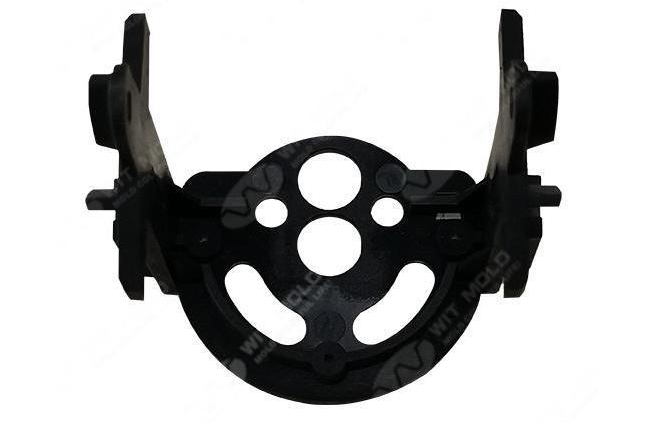Advanced Injection Mold Technologies Driving Innovation in Custom Plastic Manufacturing
In the world of plastic product development, choosing the right mold technology is essential to achieving precision, efficiency, and design complexity. Today’s leading manufacturers—especially those in automotive, medical, electronics, and industrial sectors—rely on specialized mold solutions to stay competitive. From high precision injection molds to gas-assist injection molding, the industry continues to evolve with advanced techniques that push performance and production boundaries.
High Precision and High Cavitation Molds for Demanding Applications
For parts that require tight tolerances and fine detail, high precision injection molds are indispensable. These molds are engineered to produce complex geometries with absolute consistency across thousands—or even millions—of cycles. When paired with high cavitation mold manufacturers, companies can scale production efficiently without sacrificing quality. High-cavity tools enable the simultaneous molding of multiple parts, drastically reducing cycle time and cost per unit.
Advanced Multi-Material and Multi-Shot Capabilities
Modern product designs often demand the use of different materials within a single component. Multi-material injection molds and two-shot molding (2K molding) specialists make this possible. In 2K molding, two materials are injected sequentially into the same mold, enabling soft-touch grips, seals, or aesthetic combinations without secondary assembly. These processes ensure superior adhesion, part integrity, and faster turnaround.

Specialized Molding Technologies for Complex Functions
Some applications require functional elements that go beyond simple shapes. For threaded components, unscrewing molds (automatic thread removal molds) offer a smart solution with automated ejection systems that rotate cores and remove threaded parts without damage.
For high-heat and high-strength materials, thermoset BMC/SMC mold makers provide tooling capable of handling bulk and sheet molding compounds. These materials are ideal for electrical housings, under-the-hood automotive components, and structural panels.
When weight savings and structural strength are required, structural foam molding experts use low-pressure molding with foamed plastic to create lightweight, rigid parts with thick walls and reduced warpage.
Insert Molding and Gas-Assist Technologies for Enhanced Design Flexibility
Integrating metal inserts, sensors, or bushings during the molding process requires the skill of an insert molding tool specialist. This technique improves assembly strength, reduces labor, and enhances part durability.
For hollow or thick-walled parts, gas-assist injection molding introduces nitrogen into the melt to hollow out sections, reducing material usage and eliminating sink marks—ideal for handles, frames, and enclosures.
Micro and Scientific Molding for Precision-Driven Industries
In highly regulated fields such as medical and electronics, micro-injection molds are used to manufacture ultra-small parts with exact tolerances, sometimes as tiny as a few milligrams.
Pairing such precision with scientific molding solutions—a process-driven approach using data, sensors, and real-time analytics—ensures repeatability and process stability. This is crucial for validation, especially in FDA-regulated or ISO-certified production environments.
Hot Runner Mold Systems for Speed and Waste Reduction
Finally, hot runner mold systems offer improved cycle times and material efficiency by keeping plastic in a molten state within the mold. These systems eliminate runners and sprue waste, making them ideal for high-volume and high-efficiency production.
Conclusion
From high cavitation mold manufacturers to scientific molding solutions and multi-material injection molds, today’s mold makers are equipped to deliver cutting-edge solutions for the most complex applications. By leveraging advanced molding technologies like hot runner systems, gas-assist injection molding, and micro-injection molds, manufacturers can achieve better performance, lower costs, and greater design freedom.
Choosing the right molding partner—one experienced in all these technologies—can mean the difference between a good product and a great one.




